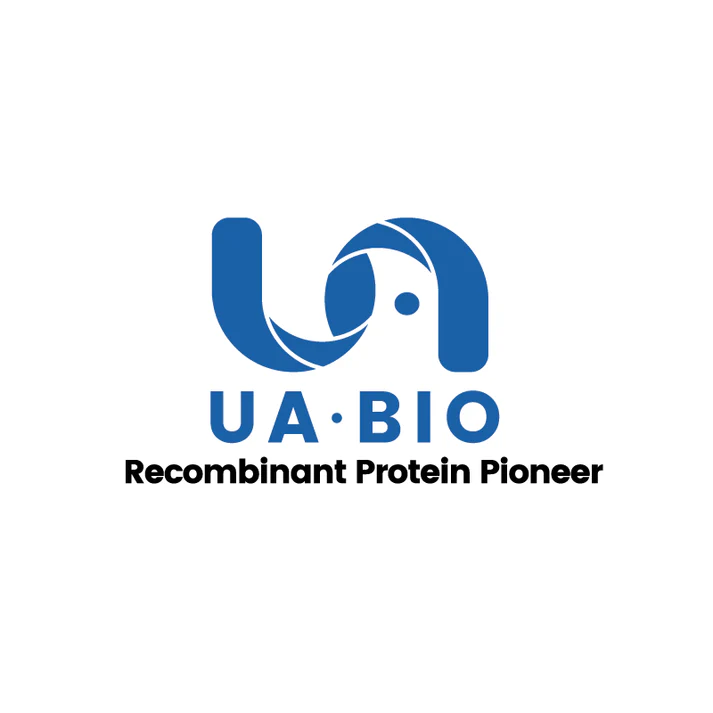Measured by its ability to inhibit the IL-4-dependent proliferation of HT‑2 mouse T cells. The EC50 for this effect is 1ng/mL.
Product Details
Product Details
Product Specification
| Species | Human |
| Synonyms | Latent TGFB2; MGC116892; TGFβ2; TGF-beta2; Cetermin; Glioblastoma-derived T-cell suppressor factor; G-TSF; |
| Amino Acid Sequence | Leu21-Ser414, with N-terminal His Tag |
| Expression System | CHO |
| Molecular Weight | 12 kDa & 38-55 kDa (Reducing) |
| Purity | >95% by SDS-PAGE and HPLC. |
| Endotoxin | <0.1EU/μg |
| Conjugation | Unconjugated |
| Tag | His Tag |
| Physical Appearance | Lyophilized Powder |
| Storage Buffer | 20mM Tris, 140mM NaCl, pH7.4 |
| Reconstitution | Reconstitute at 0.1-1 mg/ml according to the size in ultrapure water after rapid centrifugation. |
| Stability & Storage | ·12 months from date of receipt, lyophilized powder stored at -20 to -80℃. |
| Reference | Nature. 1994 Aug 4;370(6488):341-7. |
Background
Transforming Growth Factor Beta 2 (TGF-β2) is a member of the TGF-β superfamily, which plays a critical role in various biological processes, including cell proliferation, differentiation, apoptosis, and immune regulation. TGF-β2 is synthesized as a latent complex, consisting of a mature peptide homodimer, a latency-associated peptide (LAP), and latent TGF-β binding proteins (LTBPs). This latent form must be activated to exert its biological effects.
TGF-β2 is involved in multiple physiological and pathological processes. It promotes tissue repair and wound healing but can also contribute to fibrosis and tumor progression. In cancer, TGF-β2 is known to inhibit immune surveillance, facilitating tumor growth and metastasis. Additionally, TGF-β2 signaling is implicated in various diseases, including systemic sclerosis, fibrosis, and Loeys-Dietz syndrome.
Picture
Picture
Bioactivity
SDS-PAGE
2μg (R: reducing condition, N: non-reducing condition).
RP-HPLC
>95% as determined by RP-HPLC. Peak which RT=15.9min is mature dimer, while RT=16.2min is LAP dimer.


